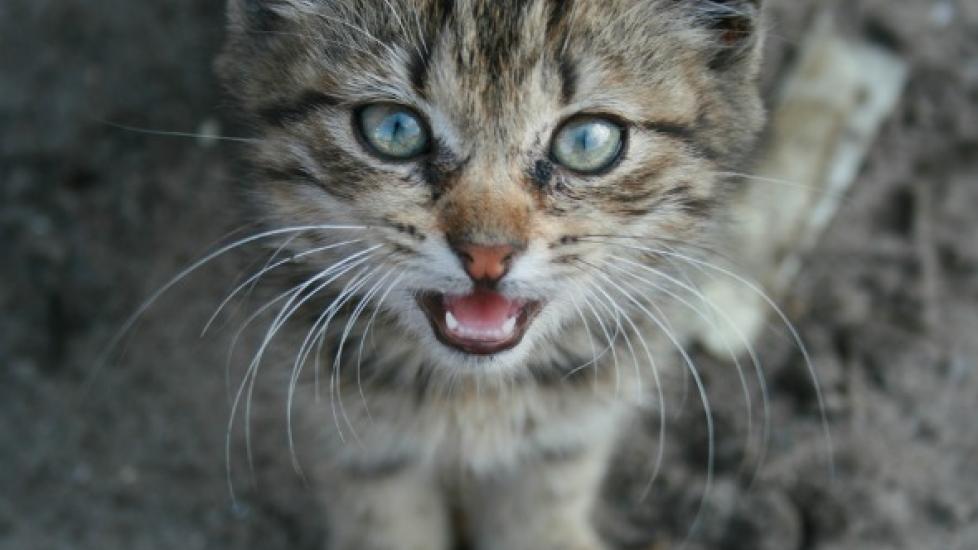Fluid in the Lungs in Cats
Pulmonary Edema in Cats
Pulmonary edema refers to fluid buildup in the lungs and is often associated with pneumonia, although there are many other possible causes. Normal lungs have fluid that is moved from the lungs into the internal space of the body, an on-going process for normal healthy function. If there is added pressure in the lungs or other underlying conditions, this mechanism can become damaged and fluid can begin to build in the lungs.
If this excess fluid is not removed, edema forms. Damage can occur if this condition is left untreated, but when treated appropriately, the outcome is positive.
Animals of all ages, genders, and breeds can be diagnosed with pulmonary edema. If you would like to learn more about how this disease affects dogs, please visit this page in the PetMD health library.
Symptoms and Types
Some of the most common symptoms of pulmonary edema are:
- Tachypnea
- Dry cough
- Dyspnea
- Wheezing
- Crackling noises during breathing (rales)
- Open-mouth breathing
Pulmonary edema affects both the respiratory and cardiovascular systems.
Causes
Some of the most common causes for pulmonary edema are:
- Anemia
- Pneumonia
- Cardiomyopathy
- Too little protein in the blood (hypoproteinemia)
- Toxins (e.g., smoke and snake venom)
- An obstruction of the animal's airway
- A near drowning (where a high amount of fluid enters the lungs)
Diagnosis
Upon examination, the following conditions will need to be ruled out for proper treatment:
- Upper airway obstruction
- Bronchitis
- Pneumonia
- Heart worm disease
- Heart disease
Typically a blood test will be performed to look for abnormalities, as well as an X-ray to view potential signs of pneumonia.
Treatment
The type of treatment will be dependent upon the severity of the medical condition. Oxygen may be used to help the animal to breathe, while certain fluids may be administered to aid in the flow of fluids within the cat's body.
Rest is recommended to assist in the cat's recovery time. Also, diuretics have proven effective at reducing edema, as they work to force excess water and fluids out of the animal's body.
Living and Management
This is a condition that has a high recurrence rate, so ongoing management and observation is often recommended and required.
Prevention
Unfortunately, there are currently no known preventive measures for pulmonary edema.
Help us make PetMD better
Was this article helpful?
